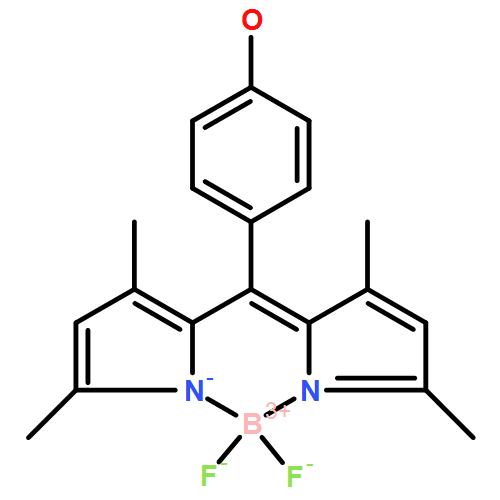Co-reporter: Xinfu Zhang, Benlei Wang, Chao Wang, Lingcheng Chen, and Yi Xiao
pp: 8292
Publication Date(Web):July 22, 2015
DOI: 10.1021/acs.analchem.5b01428
Lipid peroxidation (LPO) in lysosomes is a valuable analyte because it is close associated with the evolutions of some major diseases. As a typical example, in the start-up phase of atherosclerosis, lysosomes get as swollen as foams, by accumulating a large amount of lipoproteins, which facilitates the free-radical chain propagation of LPO. Despite the existences of several fluorescent LPO probes, they are not appropriate for reporting the local extents of lysosomal LPO, for their unspecific intracellular localizations. Here, Foam-LPO, the first fluorescent LPO probe specifically targeting lysosomes, has been developed through straightforward synthesis using low-cost reagents. A basic tertiary amine group enables it to selectively localize in acidic lysosomes; and the conjugated diene moiety within the BODIPY fluorophore will degrade in response to lipid peroxidation, which results in fluorescence maximum shifting from 586 to 512 nm. Thus, under a confocal fluorescence microscope, Foam-LPO is able not only to visualize dynamic morphological changes of lysosomes during the evolution of foam cells, but also to relatively quantify local LPO extents in single lysosomes through ratiometric imaging. In addition, Foam-LPO proves applicable for two-color flow cytometry (FCM) analysis to make quantitative and high-throughput evaluation of LPO levels in large quantity of cells at different stages during the induction to form foam cells. Also importantly, with the aid of this new probe, the different roles played by low-density lipoprotein (LDL) and its oxidized form (ox-LDL) for the LPO processes of foam cells are distinguished and clarified, which benefits the understanding in the initiation and control factors of atherosclerosis.


